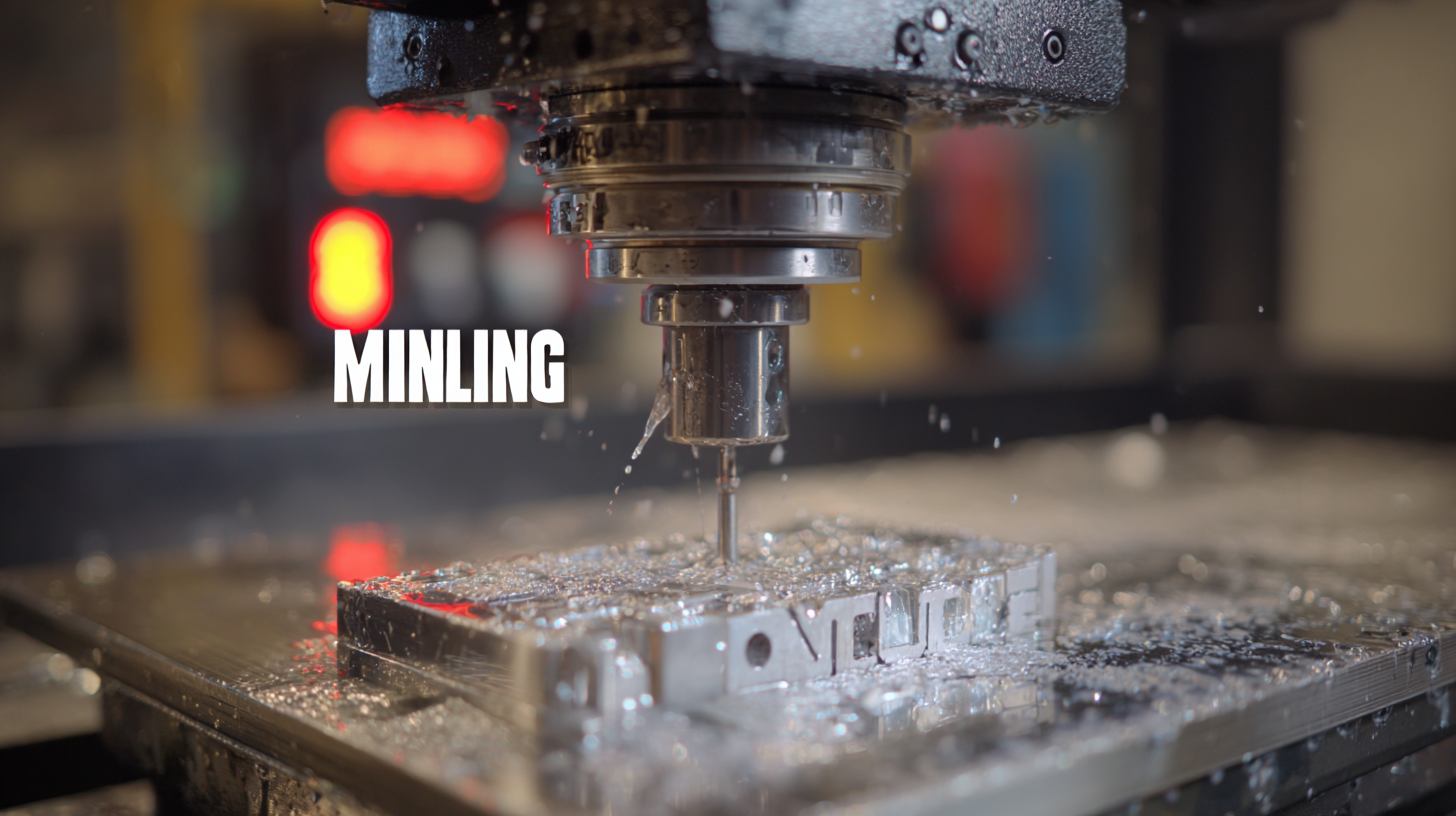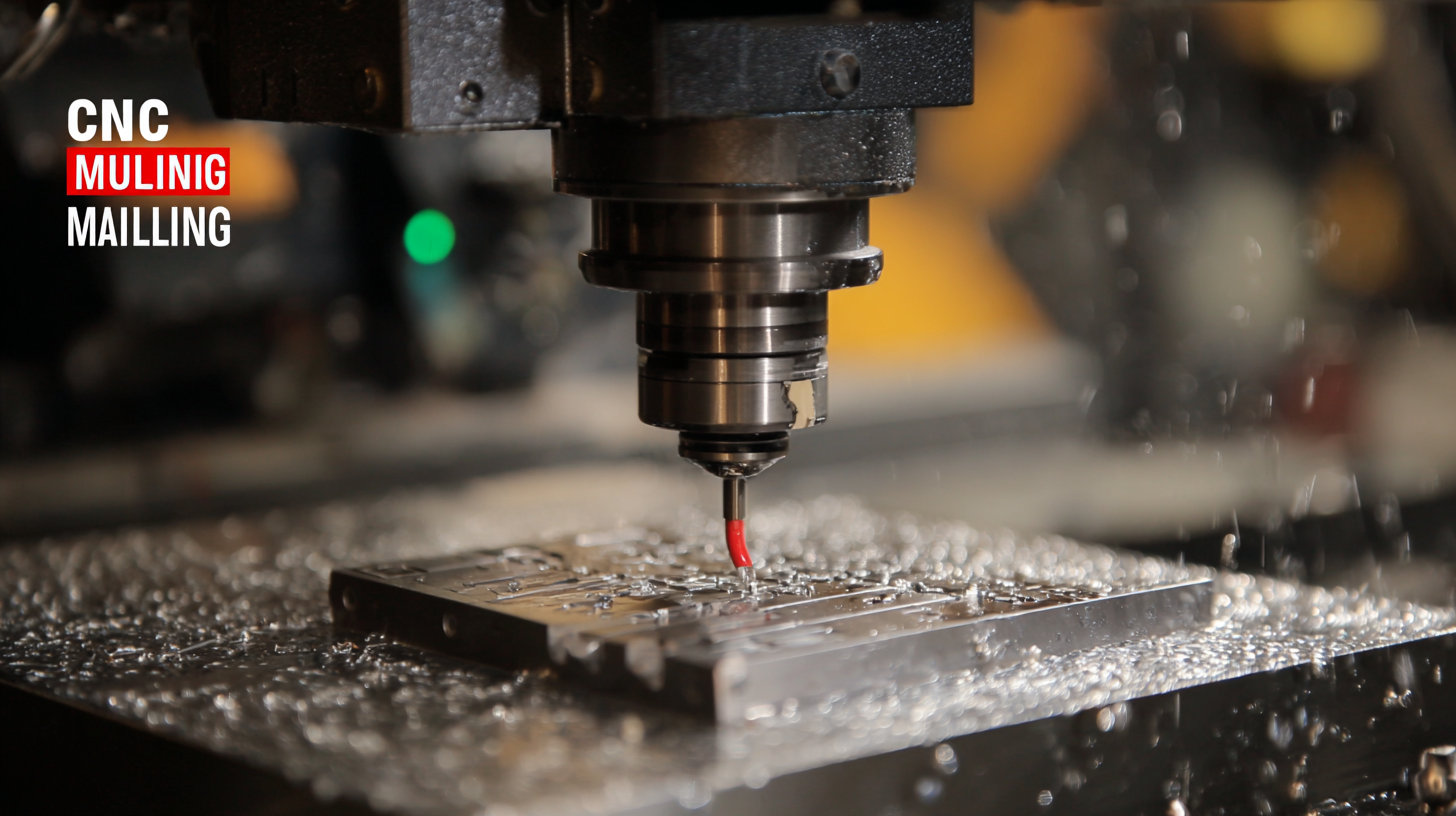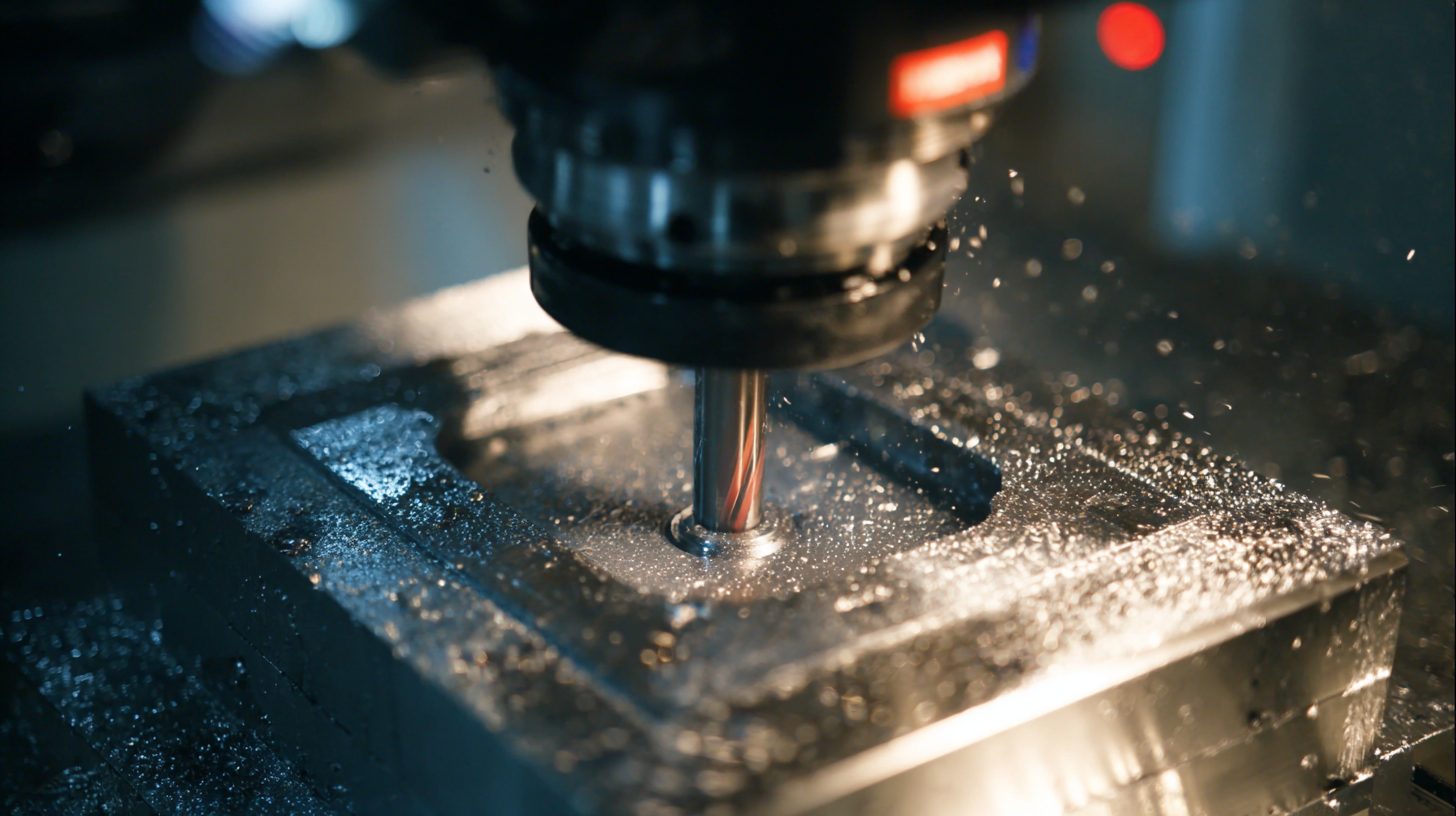Challenges Faced by Global Buyers When Selecting the Best Desktop CNC Milling Machines
In the ever-evolving landscape of manufacturing, global buyers are increasingly turning to desktop CNC milling machines for their precision and versatility. However, the selection process is fraught with challenges, as buyers navigate a maze of options that promise varying levels of performance, affordability, and technology integration. Understanding the benefits of different types of desktop CNC milling machines is essential for making an informed decision. Factors such as the machine's capability to handle different materials, ease of use, and compatibility with existing software can significantly impact productivity and outcomes.

This blog will delve into the common hurdles faced by buyers in this competitive market, while highlighting how choosing the right desktop CNC milling machine can ultimately drive efficiency and innovation in their operations.
Factors to Consider Before Choosing a Desktop CNC Milling Machine
When choosing a desktop CNC milling machine, global buyers must consider a multitude of factors to ensure the best fit for their specific needs. One critical aspect is the machine's accuracy and precision; according to a report from Research and Markets, nearly 70% of users prioritize these features due to their impact on overall production quality. High precision is essential, as even a slight deviation can lead to significant setbacks in manufacturing processes. Thus, understanding the specifications, such as the machines’ tolerance levels and repeatability, is paramount for making an informed decision.
Another significant factor is the machine’s software compatibility and ease of use. A survey conducted by Statista revealed that around 55% of users leverage software integration to enhance their milling operations. Machines that support intuitive software platforms allow for smoother workflows and reduced training time for operators. Furthermore, buyers should consider the availability of technical support and resources, as over 40% of companies report that efficient customer service is crucial for ongoing maintenance and troubleshooting. Selecting a machine that provides robust support can greatly influence a buyer's long-term satisfaction and return on investment.
Common Pitfalls Global Buyers Encounter During Selection Process
When selecting the best desktop CNC milling machines, global buyers often encounter several common pitfalls that can hinder their decision-making process. One major challenge is the lack of comprehensive understanding of the specifications required for their specific applications. According to a report from Market Research Future, the global CNC machine market is projected to reach $100 billion by 2026, indicating a booming interest in these machines. However, without proper knowledge of parameters like spindle speed and feed rate, buyers may invest in machines that do not meet their performance needs, leading to inefficiencies in production.
Additionally, budget constraints pose significant difficulties. Many buyers underestimate the total cost of ownership, which includes not only the initial purchase price but also maintenance, tooling, and operational costs. A survey conducted by the International Federation of Robotics highlighted that 70% of companies experience unplanned downtime caused by improper machine selection, directly impacting their return on investment. This emphasizes the importance of carefully evaluating both upfront and long-term costs to avoid financial pitfalls that can arise from hasty decisions.
Technical Specifications: Understanding the Key Features of CNC Machines
When selecting the best desktop CNC milling machines, global buyers face various challenges that are often rooted in understanding the technical specifications. The CNC machine market is on a steep growth trajectory, projected to expand from $101.22 billion in 2025 to $195.59 billion by 2032, with a CAGR of 9.9%. This robust growth highlights the increasing demand for advanced CNC technology, making it essential for buyers to comprehend key features that can differentiate machines in a crowded marketplace.
Among the critical specifications to consider are spindle speed, precision, and ease of integration with other automation systems. An 800W spindle upgrade, for instance, can substantially enhance the milling capabilities of a CNC router, allowing for quicker material processing and improved finishes. Furthermore, integrating features such as advanced motion control technologies is becoming crucial as manufacturers aim for higher accuracy and efficiency in their operations. By focusing on these technical aspects, buyers can navigate the complexities of selecting the right CNC machine that meets their specific needs and maximizes their return on investment.

Budgeting for Your Desktop CNC Milling Machine: What to Keep in Mind
When selecting the best desktop CNC milling machines, budgeting is a crucial factor that global buyers must keep in mind. As the CNC machines market is projected to grow from $101.22 billion in 2025 to $195.59 billion by 2032, with a compound annual growth rate (CAGR) of 9.9%, understanding the cost implications becomes essential. Buyers need to consider not only the initial purchase price but also the long-term operational costs, which include maintenance, tools, and software updates.

Furthermore, it is vital to recognize the competitive landscape within the CNC sector, where advancements and innovative designs can significantly impact pricing. With major trends such as the rise of 3D printing technology potentially disrupting traditional manufacturing methods, careful budgeting allows buyers to make informed decisions that align with future industry shifts. Budgeting effectively will enable buyers to invest in machines that meet their needs without overstretching their financial capabilities, ultimately ensuring a sustainable operation in the rapidly evolving market.
Post-Purchase Support and Maintenance: Ensuring Longevity of Your Investment
When investing in a desktop CNC milling machine, post-purchase support and maintenance play crucial roles in ensuring the longevity of your equipment and maximizing your return on investment. One of the primary concerns for global buyers is the availability of timely technical assistance. Manufacturers that offer comprehensive support services, including troubleshooting guidance and component replacement, enable users to address issues promptly. This responsiveness is essential for minimizing downtime and keeping projects on schedule.
Additionally, regular maintenance is vital for the seamless performance of your CNC machine. Manufacturers that provide detailed maintenance manuals, instructional videos, and scheduled service options empower users to perform routine checks and upkeep. This proactive approach not only extends the lifespan of the machinery but also enhances precision and output quality. Global buyers must prioritize suppliers that emphasize ongoing support and maintenance as part of their purchasing decision, ensuring they have the resources needed to optimize their investment in the long run.